How to make Kozhukattai maavu – Kozhakattai maavu 4 ways – Ganesh Chaturthi recipes.
Vinayagar chaturthi | Ganesh chaturthi | pillayar chaturthi, the main prasad made for this ganesha festival for neivedyam is modak | modakam. Though we make different varieties of modakam | kozhukattai, the base for making all kozhukattai is the outer cover made with rice flour. Traditionally rice flour is processed at home for this festival. I have given the recipe for homemade rice flour. A few readers asked me how to avoid cracks while making the outer cover. When I was explaining them, I felt like making a detailed post on the same. So took step-wise pictures of making the outer cover of the kozhakattai. While I finished making the pictures, suddenly remembered my very close friend Mythili, who is an expert in making the outer cover of the modakam. I called her up to add up any tips from her side. Then only she shared her way of making the outer cover for kozhukattai. That was totally different and I never heard about that too. So I added it in this post too. Check out my modakam recipe . Also check out full collection of Ganesh chathurthi recipes
How to make Kozhukattai maavu – 4 ways
Kozhukattai maavu recipe
Ingredients
- ½ cup Rice flour | idiyappam flour
- Salt 2 pinches
- 2 tsp Sesame oil
For method:4
- ½ cup Raw rice
- 1 cup Water
- Salt a pinch
- 1 tsp Sesame oil
Video
Method 1 :
- In a pan add the water as needed and add the salt and 1 tsp of sesame oil
- When it starts rolling boil, add the processed rice flour or idiyappam flour or store-bought rice flour to this.
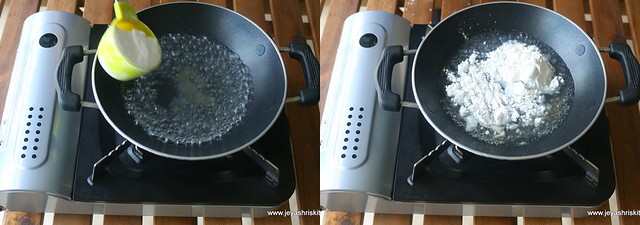
- Keep the flame low and mix the rice flour with the water and cook till the water evaporates and turns a whole mass.
- Cook till comes out leaving the pan. Use a heavy-bottomed pan.
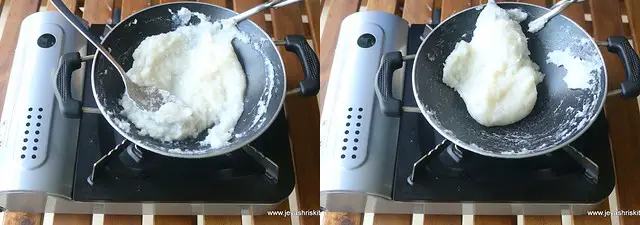
- Always keep the flame low.
- To check if it is done or not, wet your hands and touch the dough, if it is not sticky then it is done.
- If it sticks then cook for a few more minutes.
- When it is warm grease your hands with sesame oil and knead the dough well.
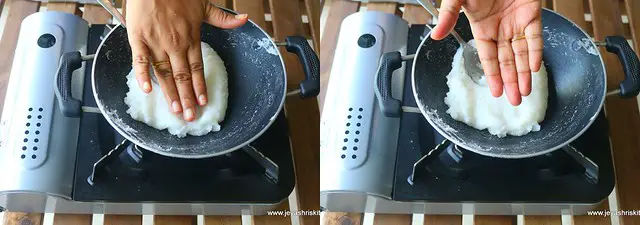
- Take a small portion of dough in your hands and roll it into a ball. If it comes out without any cracks then it is perfect.
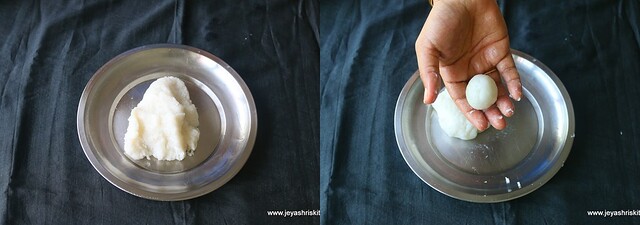
- Keep the dough covered till you use it.
- In a saucepan add water and salt and sesame oil.
- Allow it to boil nicely. Bring it to a rolling boil.
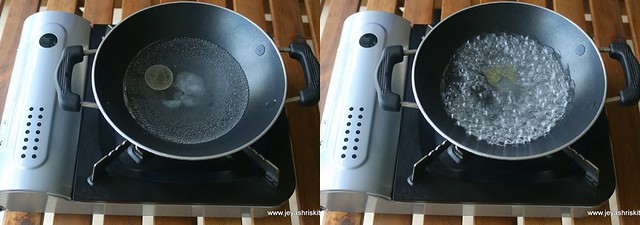
- In a wide bowl keep the dry rice flour. Add the water slowly to the flour.
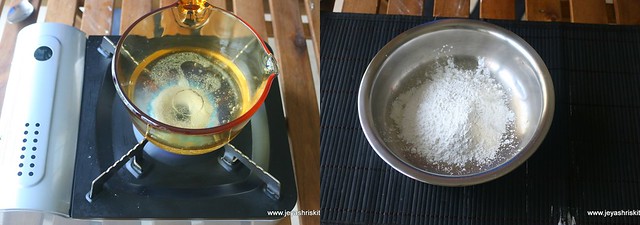
- Mix well with a spoon. Keep it covered.
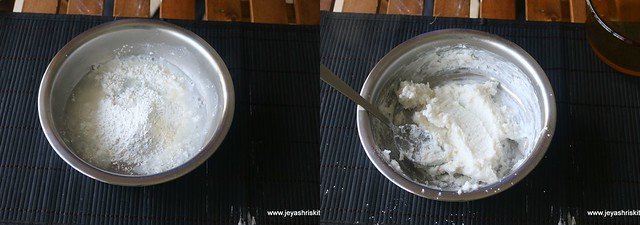
- When it is warm enough to handle grease your hands with sesame oil and knead it well.
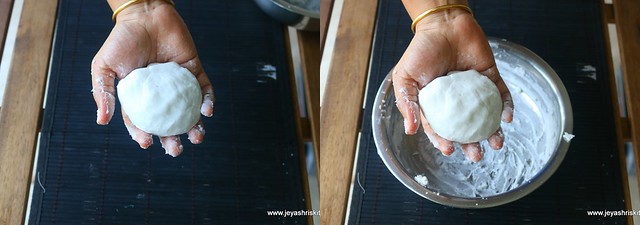
- If it is dry add a little more hot water to this and mix well.
- Keep it covered at all times.
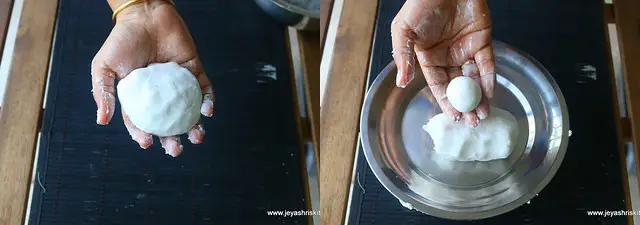
- This method I have given in my elai kozhukattai post.
- Mix water with the flour and make it thin as a dosa batter.
- In a pan add flour mixed with water and add salt and sesame oil.
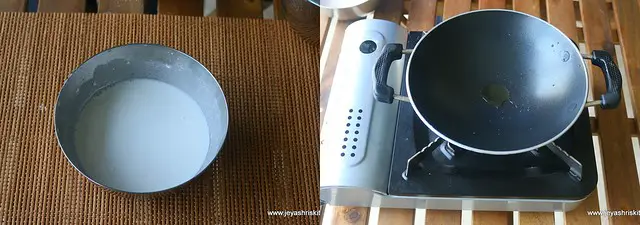
- Mix this well with a spoon and keep the flame low and cook.
- Cook till the water evaporates and the dough comes to a whole mass.
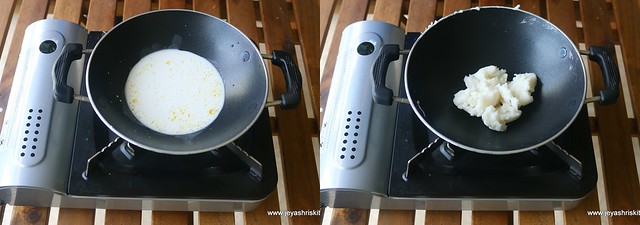
- When it is not sticky switch off the pan.
- When it is warm knead into a smooth dough. While kneading grease your hands with sesame oil.
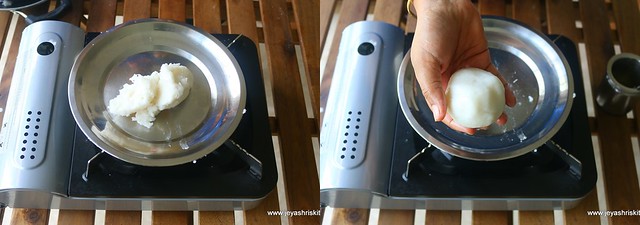
- soft dough is ready. Cover it till you make the modak | kozhukattais.
- Soak 1/2 cup of raw rice in water for 3 hours.
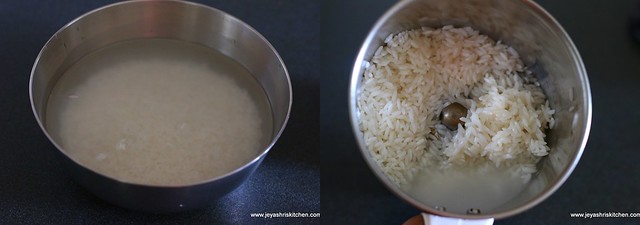
- Grind this in a mixie into a very nice batter. Ensure the ground should be very fine without any granules.
- Let the batter be in the consistency of dosa batter.
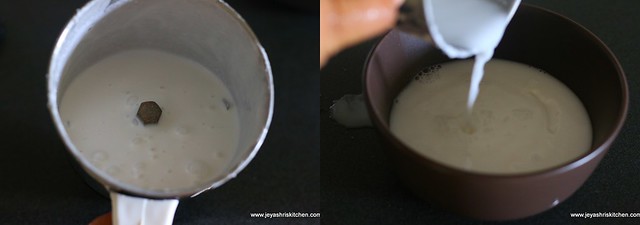
- In a pan add 1 cup of water and add salt and sesame oil.
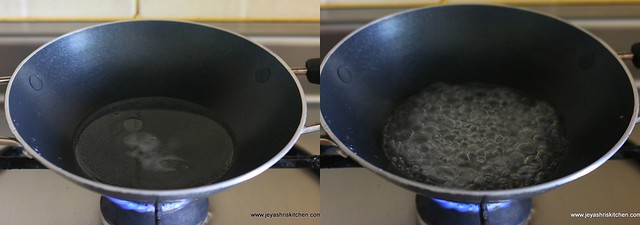
- When it comes to a rolling boil add the ground batter to this.
- Mix well using the back of a ladle without any lumps. This as such won’t form any lumps.
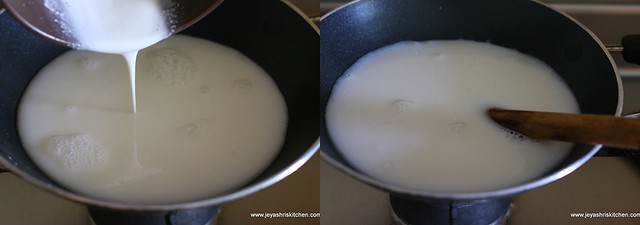
- When the water evaporates and the batter comes to a dough consistency.
- Switch off the flame and once it is warm you can start making the modakams.
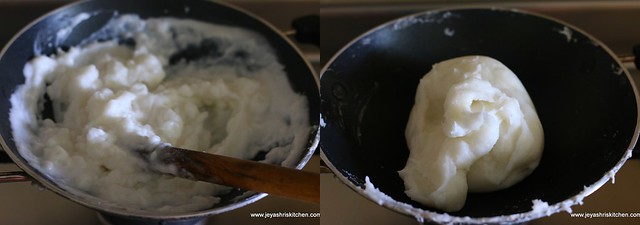
- Always ensure that the dough is cooked well. Else the soppu | outer will break when you make the modakams
- Always keep the dough covered, else it will become and you will end up in cracked kozhukattai covers.
- If you can make balls with the dough without any cracks then it is in the right consistency.
- Do not keep the jaggery poornam stuffed without steaming it for a long time. It will start oozing out water.
- Keep the prepared modaks covered , or else it will become dry.
- You can add 1/4 cup of milk to the water while making kozhukattai (in all methods)
- This will make the kozhukattai more whiter and soft.

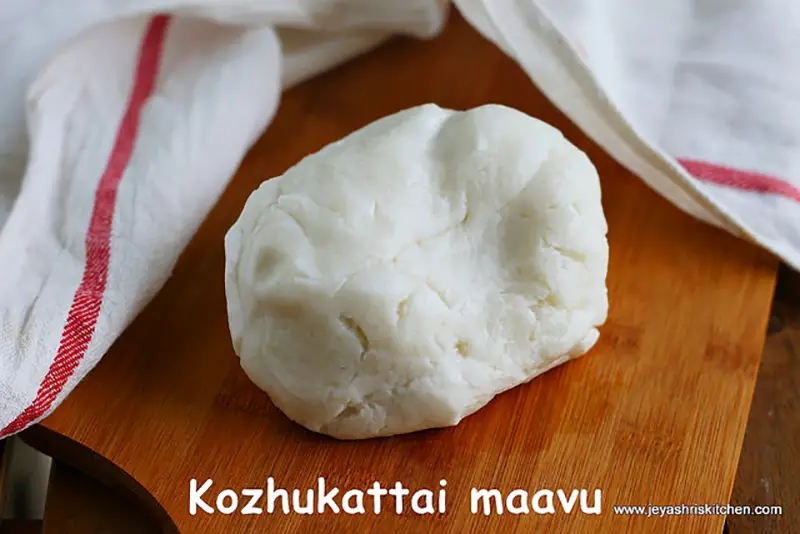
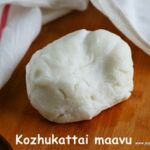

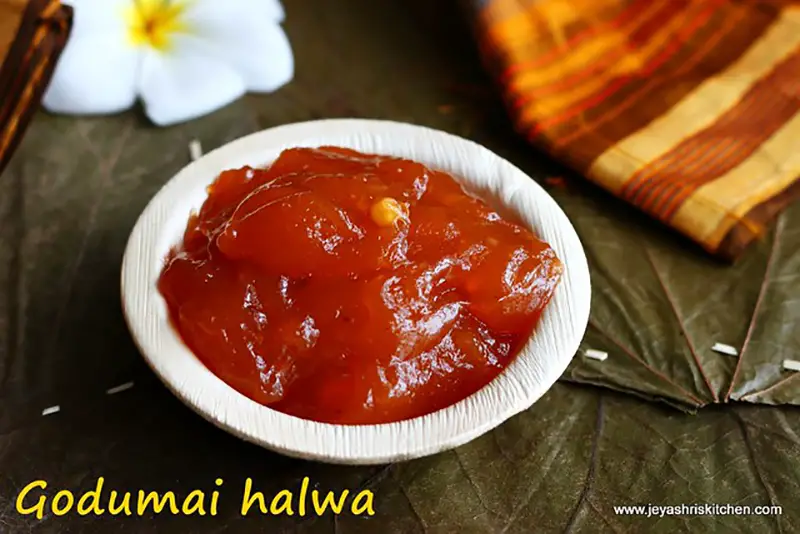
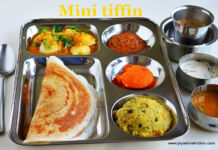





Hi Jeyashri.. which of the 4 above methods according to you is the best? which did you think was easier to make and did not break?
According to me all the 4 methods will turn out perfect without break, if you are a beginner, then go for method 2 or 3
Thanks jeyashri. . Ur blog is really so useful
Very nice & useful one. In method 2 flour is not getting cooked. U r pouring the boiling water on the flour. Is it Enough? Should flour be not Cooked like other methods.
Very nice & useful one. In method 2 flour is not getting cooked. U r pouring the boiling water on the flour. Is it Enough? Should flour be not Cooked like other methods.
Yes since the water has boiled nicely it is enough. Yes it will be cooked.
Hi mam wht s d water proportion for method 1 and 2
It varies from flour to flour. Roughly if you are using half cup flour keep 3/4 cup to 1 cup water
Hi mam wht s d water proportion for method 1 and 2
Very Nice recipe.
I also checked one more interesting recipe churma modak . I will try both recipe very soon….
Hi, I am getting cracks when giving a shape to it..whar should I do
Hi keep the dough covered all the time. Sprinkle hot water on the dough and grease your hands with sesame oil and knead again to get a crack free dough.
Hi, I tried both methods 1 and 2. The dough seemed to come right but after cooking the modak became so hard. What do I do?
It's steamed for a more time, that's why it has become hard.
Hi, I followed methods 1 and 2. The dough seemed right but after cooking it became hard and once it cooled it was very hard. What do I do!
Hi, Sprinkle some hot water to the dough and then knead again by greasing your hands with oil.
Hi your recipes are very nice. I tried some recipes and comes out vey well. Thank you very much
Hello, Jeyashri, I just wanted to let you know how much I appreciate your blog. I am a Tamil who has spent most of my life outside of Tamil Nadu, in Canada and United States, and I am now trying to get back to my roots by learning the traditional cuisine. Your blog has been very helpful for me in this regard. I'm going to keep coming back for a visit to see what you are cooking!
Mohan
Thank you so much
Hi Jeyashri, in the first 3 methods, you have not specified how much water to bring to boil for the specified qty of rice flour?
This is key to the entire process right – as too little water cannot be rectified later by adding cold water and too much water means it will take much longer to cook and become dry?
Hi Lalitha, Yes as you said water is the key but it differs, depending on the texture of rice flour. If we use idiyappam flour or store-bought kozhakattai maavu, it will absorb more water. So water quantity purely depends on the texture of the flour.
And too little water can be rectified by sprinkling hot water and knead well. More water means we need to cook for some more time.
Any doubt please leave a comment. Thank you
@ Jayashri: Every year i make this coconut modakam and face the same problem. The dough is prepared well with no cracks but after steaming its watery and uncooked doughy taste. What should i do to fix this? How much water in the cooker below the idili plates should be kept also how many small size modak per idili cup and how many minutes of steaming is advised?
Hi Anusha,
Do you make modaks and steam after some time? If so,the inside poornam will ooze out water and becomes watery. Also if the poornam is a little moist, it will result in watery modak.
And another important thing is water in the idli steamer and the flame it is cooked.
If the water is more it will splash on the bottom-most idli plate. You can keep 3-4 modaks in the small idli cup. Keep the flame in medium flame and steam for 10-12 minutes. If you keep the flame high, it will not get cooked properly also water will splash. Hope this helps. Do let me know how it turns out.
I made the dough and it was soft to touch. But when made balls, it was cracking already. I couldnt flatten it, as it was already cracking. It was a huge mess. So i ended up mixing outer maavu and poornam and made them into balls and steamed them. I was so frustrated, not able to make a basic kozhukattai. I followed method 2 with store bought plain rice flour. Not sure what went wrong. Pls advise
Hi,
Some store-bought rice flour will be slightly rough and coarse, so it will have this issue. Always use idiyappam flour or homemade rice flour. If using store-bought flour, ensure it is smooth. Assuming the flour is perfect, Some times if the dough is very thick, it will end up cracking. You can sprinkle very hot water on this and knead this well and start making crack-free modak.
Please leave a message if you have further doubt.